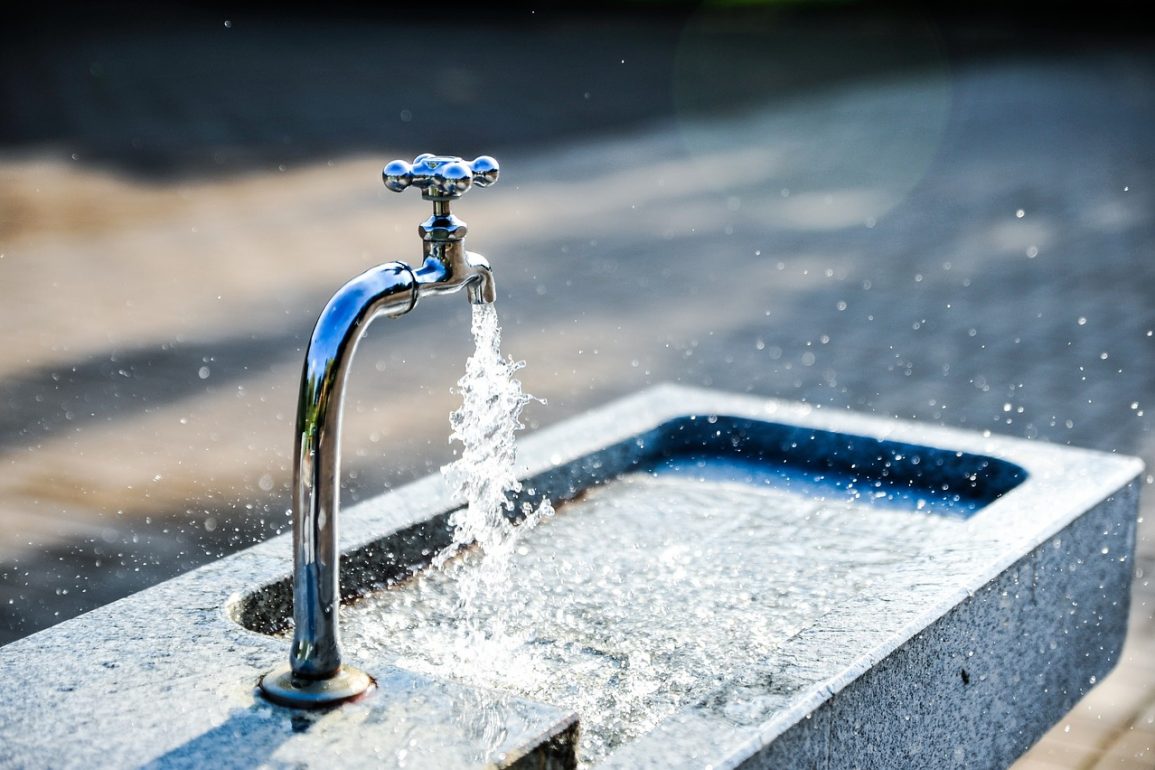What is a water safety plan? – There is a wide range of different regulations and related practical measures that are designed to keep environments safe for human occupation. Access to safe, uncontaminated water in a variety of premises is one of the most important areas of concern that these regulations are designed to ensure.
Central to this process is the need to implement a water safety plan. As a result of there being such confusion surrounding this topic, this guide has been created to provide further clarification on exactly what water safety plans are, and why they’re so important.
For further detailed advice on this matter, head to a trusted resource such as the Water Hygiene Centre site.
Water safety plans
Water systems are, by law, required to be present for most buildings. This is so that occupants can wash their hands, go to the toilet, access drinking water, and in some cases, shower. It’s also a legal requirement that these water sources are reliably accessible and clean.
Water safety plans, or WSPs, constitute comprehensive plans that aim to identify potential risks in a water system, and then come up with ways of effectively mitigating those risks in both the short and long term.
Relevant regulations
The regulations covering how water safety plans should be made and enacted are located in the British Standard BS 8680:2020. It covers water quality, water safety plans and a general code of practice, and has been in effect since May 2020.
The plan must cover all water systems in a building, from water storage systems to air conditioning units. Exactly what that plan looks like is different in every case, as every environment is unique. This is partly why it’s so important that your water safety plan is made and implemented by a team of experts.
Who should create water safety plans?
Under BS 8680:2020, it’s highly recommended that Water Safety Plans are developed by a water safety group. A water safety group is a multidisciplinary group, including representatives from multiple different professional areas.
The group often consists of a Responsible Person, a Duty Responsible person, representatives from estates, housekeeping, medical microbiology, medical technical offices, and sterile services departments. Exactly who is included in a water safety group will differ, depending on the environment that is intended to be under their duty of care.
Professional oversight
It’s important that you use the services of a water hygiene specialist to ensure you’re obtaining professional oversight on the efficacy of your water safety plan.
Water hygiene specialists can provide a GAP analysis of the existing Water Safety Plan, ensuring that it meets all necessary regulatory requirements. They can also conduct ongoing risk assessments, to ensure that the WSP is effective in its intended goal of mitigating water-related hazards.
Clearly, Water Safety Plans are a crucial part of operating a wide variety of premises. Getting your WSP right requires careful planning, role delegation, and oversight by an industry expert.
Poppy Watt


